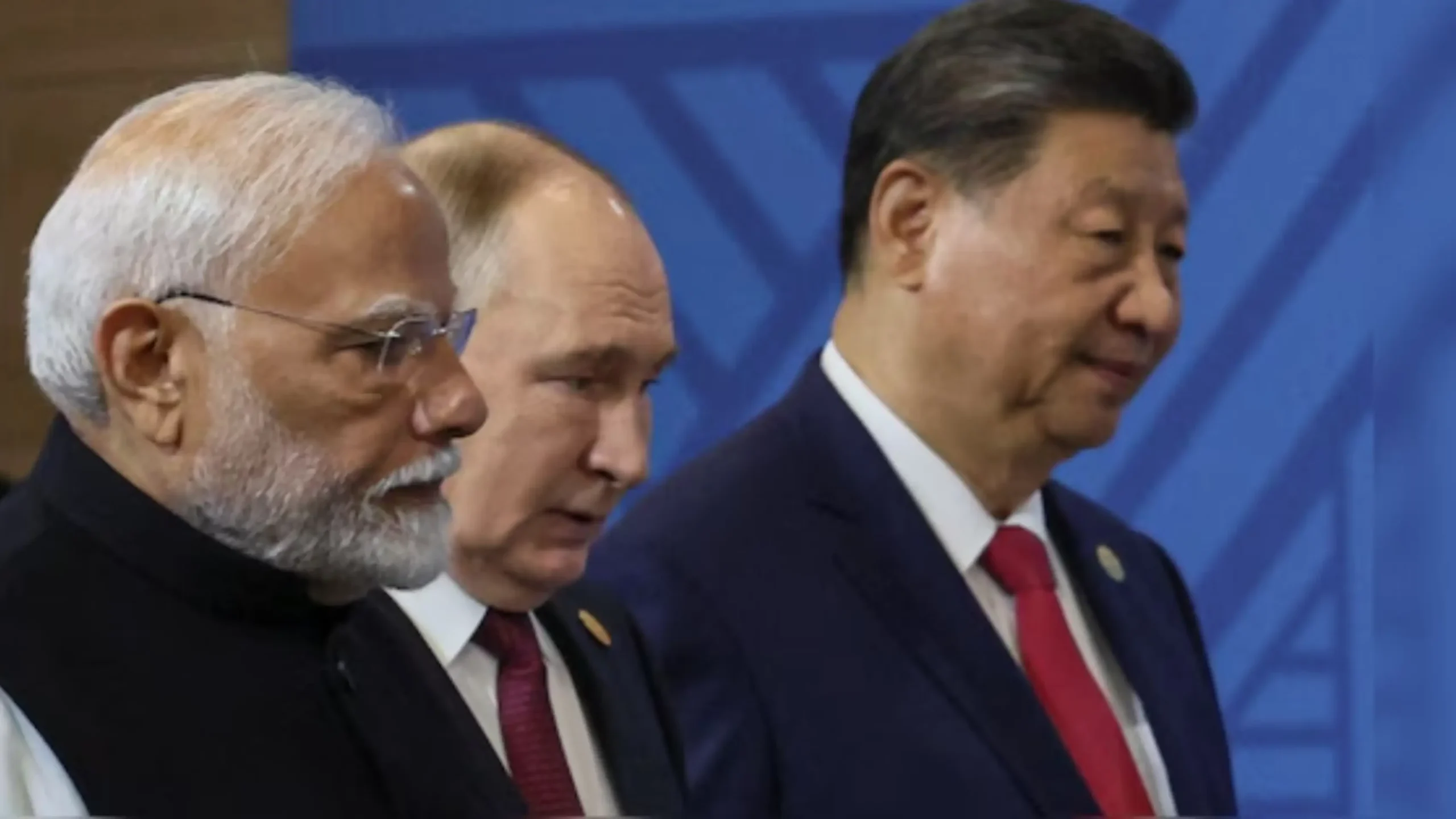Tianjin, China: Chinese President Xi Jinping is set to personally welcome Indian Prime Minister Narendra Modi and Russian President Vladimir Putin at the Shanghai Cooperation Organisation (SCO) summit next week, in what analysts say could be a symbolic show of strength by the Global South amid rising tensions with the United States.
The high-level gathering will take place in Tianjin from August 31 to September 1 and is expected to draw leaders from Central Asia, South Asia, the Middle East, and Southeast Asia. According to Reuters, this year’s summit could be the largest in the bloc’s history since it was founded in 2001.
A major highlight will be PM Modi’s first official visit to China in more than seven years, signaling a tentative move to ease strained relations since the 2020 border clashes. Modi, Xi, and Putin were last seen together at the 2024 BRICS summit in Kazan, Russia, where Western leaders continued to isolate Moscow over its war in Ukraine.
RIC Back in Focus
The summit comes amid renewed attention on the Russia-India-China (RIC) framework, with Russian diplomats in New Delhi recently voicing optimism about upcoming trilateral talks. Analysts suggest Beijing is using the forum to project an alternative to US-led power structures.
“Xi will want to use the summit as an opportunity to showcase what a post-American-led international order begins to look like,” Reuters quoted Eric Olander, editor-in-chief of The China-Global South Project, as saying. “Just look at how much BRICS has rattled (US President) Donald Trump which is precisely what these groups are designed to do.”
Summit Optics vs. SCO Reality
The SCO, originally founded as a six-nation security pact, has since expanded to 10 permanent members and 16 observer states, broadening its agenda to include economic cooperation. However, experts point out that despite its wider reach, the group struggles to deliver concrete security or economic results.
“The SCO has growing convening power that helps in narrative projection, but its effectiveness in tackling serious security challenges is very limited,” said Manoj Kewalramani, chair of the Indo-Pacific Research Programme at the Takshashila Institution in Bangalore, speaking to Reuters.
Frictions remain, particularly between India and Pakistan. In June, the SCO’s defence ministers failed to issue a joint statement after India objected to the omission of a reference to the April 22 terrorist attack on Hindus in Pahalgam, Kashmir. India also withheld support for a resolution condemning Israeli airstrikes on Iran earlier that month.
India-China Calculations
Despite longstanding tensions, signs of a thaw between India and China have emerged, with both sides open to incremental border confidence-building measures. Analysts expect discussions on troop disengagement, easing of trade and visa restrictions, and new areas of cooperation, including climate action.
“New Delhi is likely to put aside past disagreements at the SCO in order to maintain momentum in its détente with China, which is one of Modi’s current priorities,” Olander told Reuters.
India’s Foreign Ministry official Tanmaya Lal highlighted India’s main focus areas for the summit: trade, connectivity, sovereignty, and territorial integrity.
Optics and Global Messaging
While major policy breakthroughs are not anticipated, experts stress the symbolism of the summit. “This summit is about optics really powerful optics,” Olander said.
The meeting also takes place against the backdrop of new tariff pressures from the Trump administration, giving both New Delhi and Beijing an added push to seek common ground.
Following the summit, PM Modi is expected to depart China immediately, while President Putin will remain in Beijing to attend a World War II military parade marking a rare extended trip abroad for the Russian leader.
